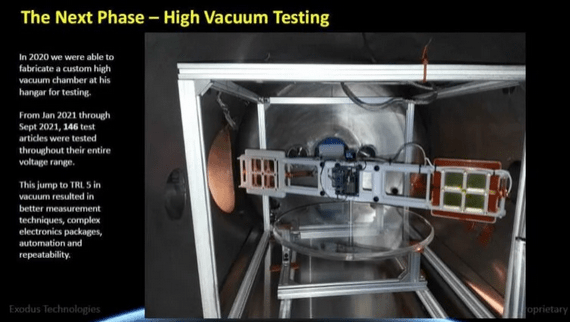GregLocock
Automotive
- Apr 10, 2001
- 23,740
Tin foil hat time
Cheers
Greg Locock
New here? Try reading these, they might help FAQ731-376
Cheers
Greg Locock
New here? Try reading these, they might help FAQ731-376
Follow along with the video below to see how to install our site as a web app on your home screen.
Note: This feature may not be available in some browsers.
“We can see some of these things sit on a scale for days, and if they still have charge in them, they are still producing thrust,” he told Ventura. “It’s very hard to reconcile, from a scientific point of view because it does seem to violate a lot of energy laws that we have.”

WKTaylor said:BTW... the claim of '1G thrust' without a clear definition of 'G'... is 'gobbeledy-gook'. Grrrrrrrrr
saying a thruster can produce 100N or whatever doesn't tell you how potentially useful the technology
they're conducting very experimental thruster research
